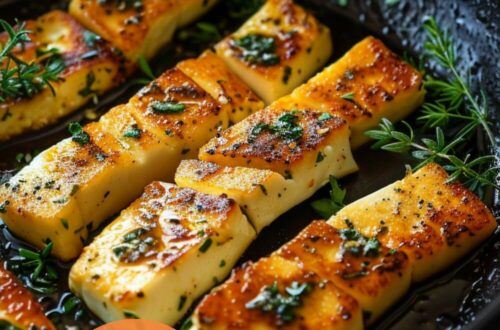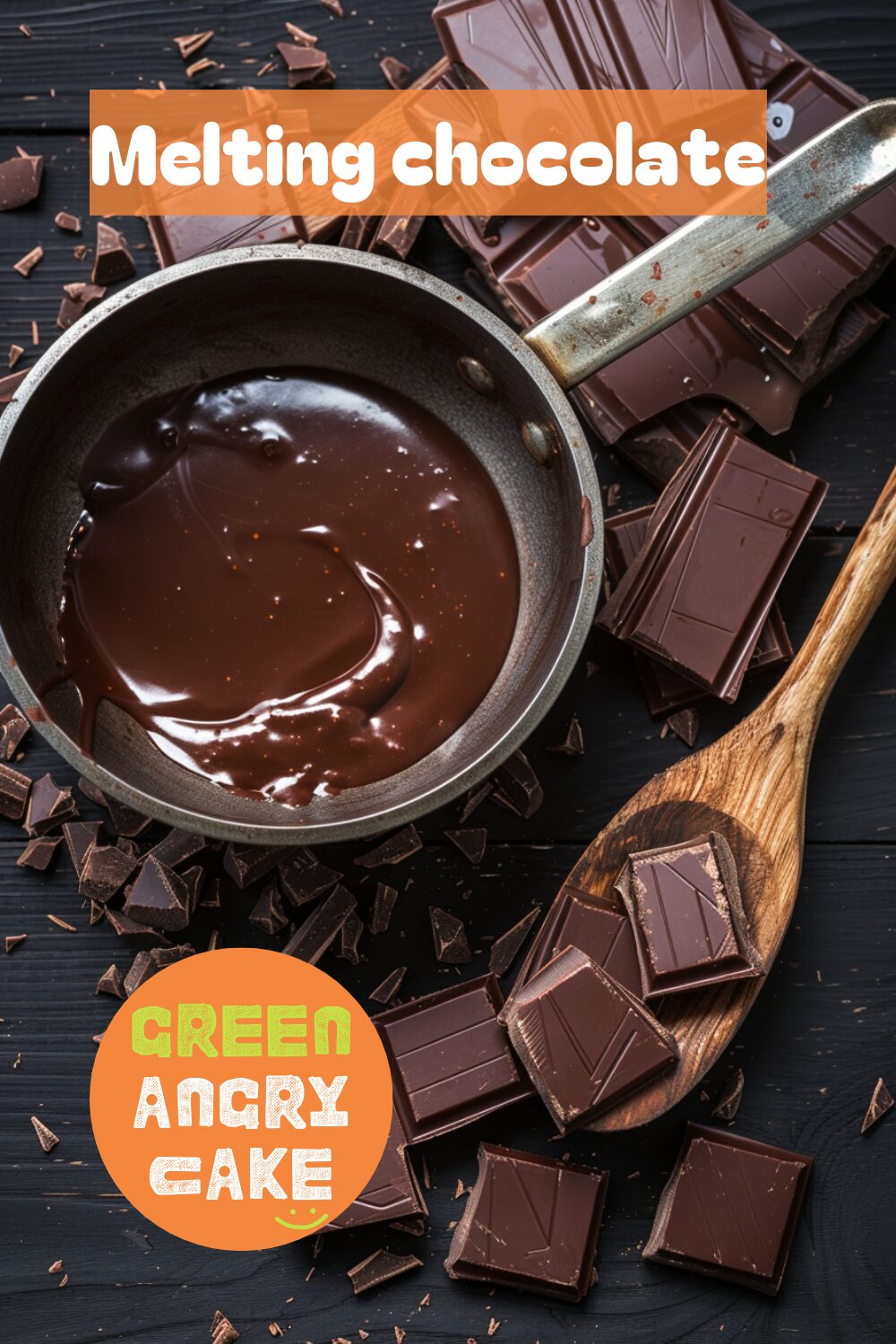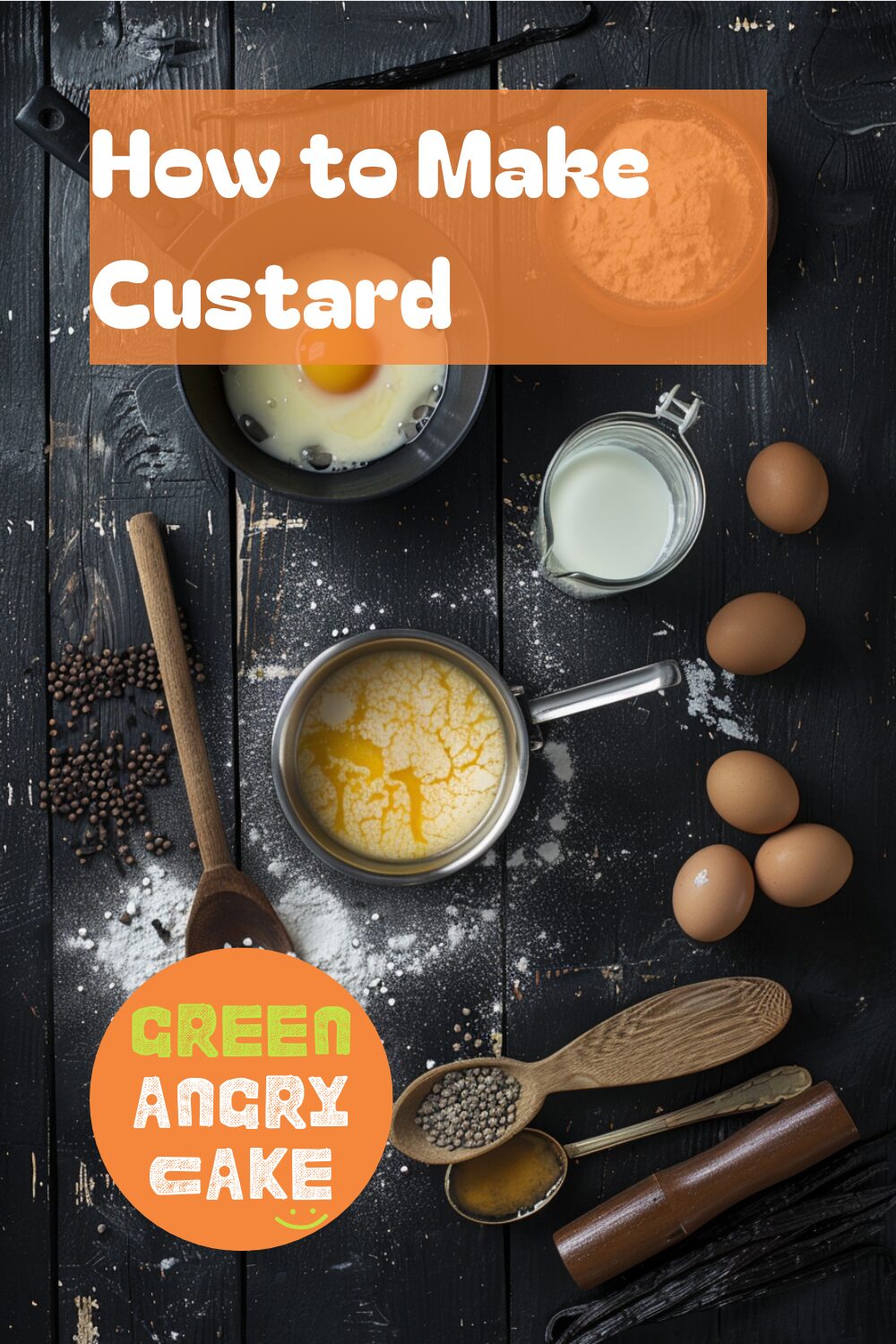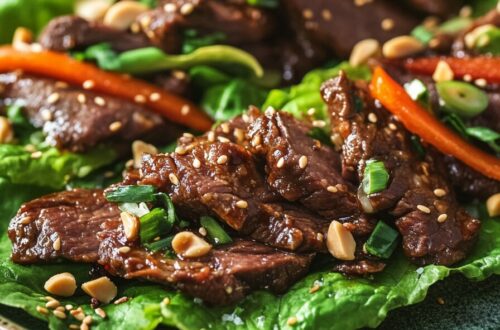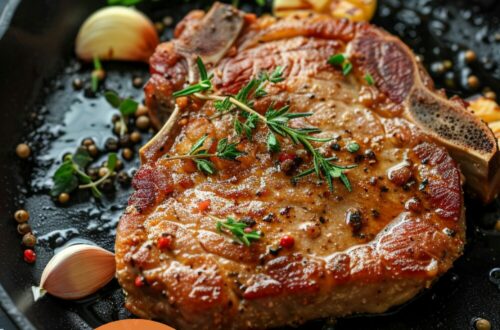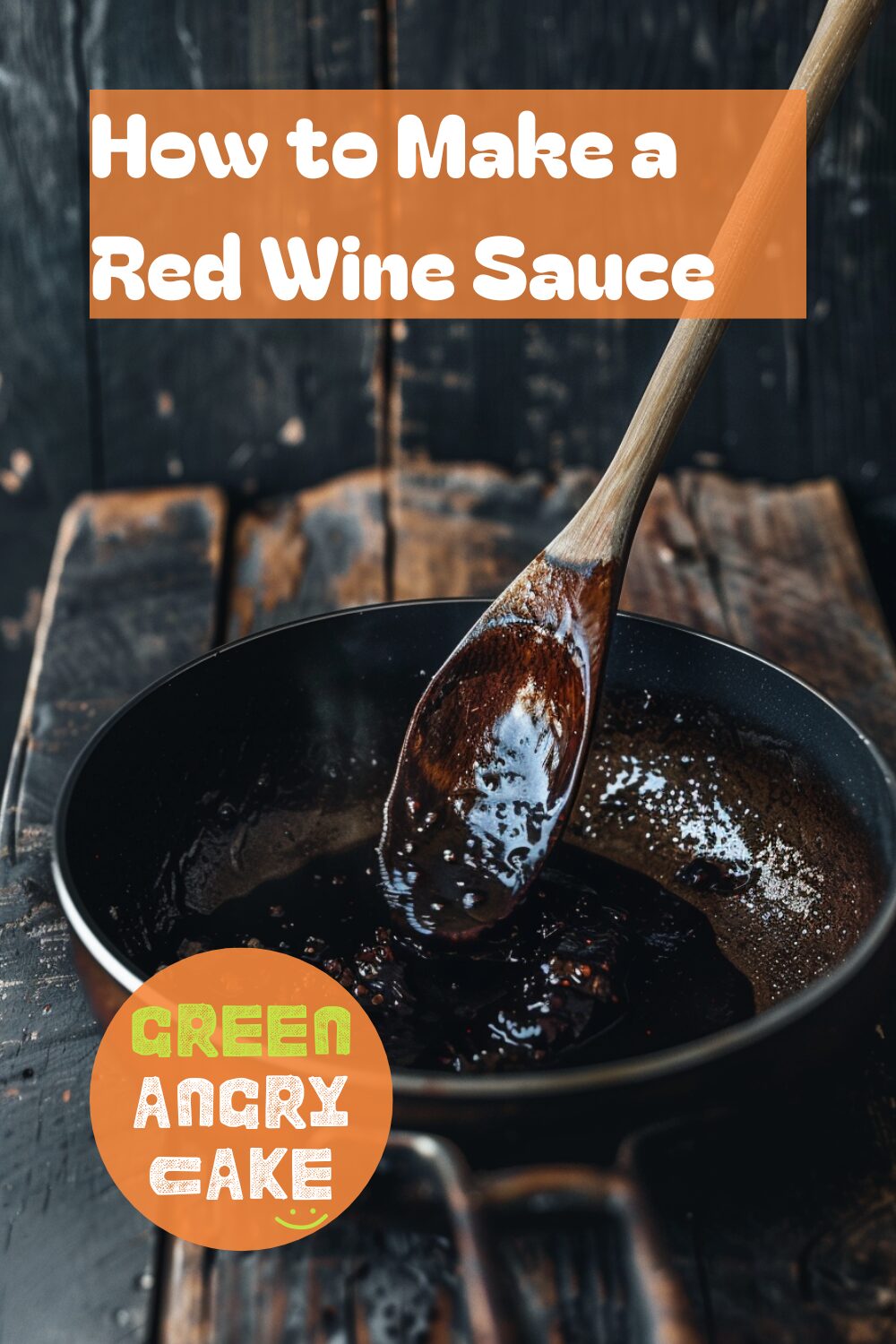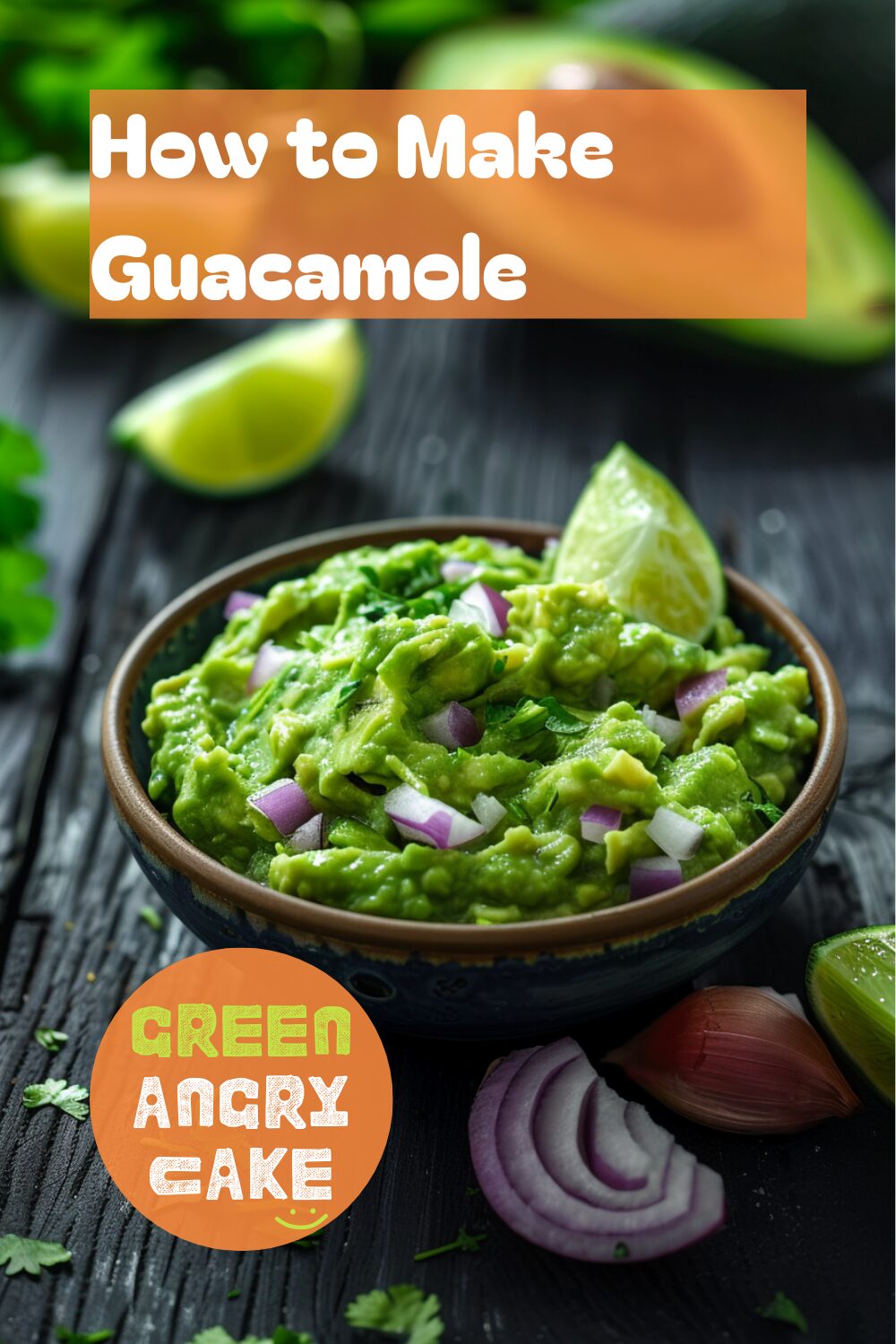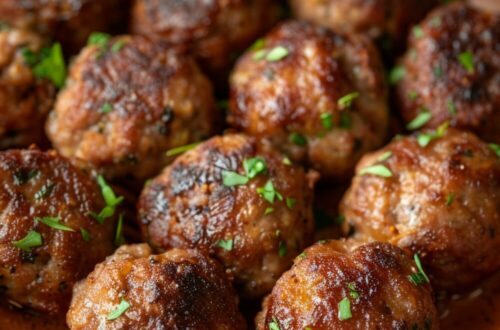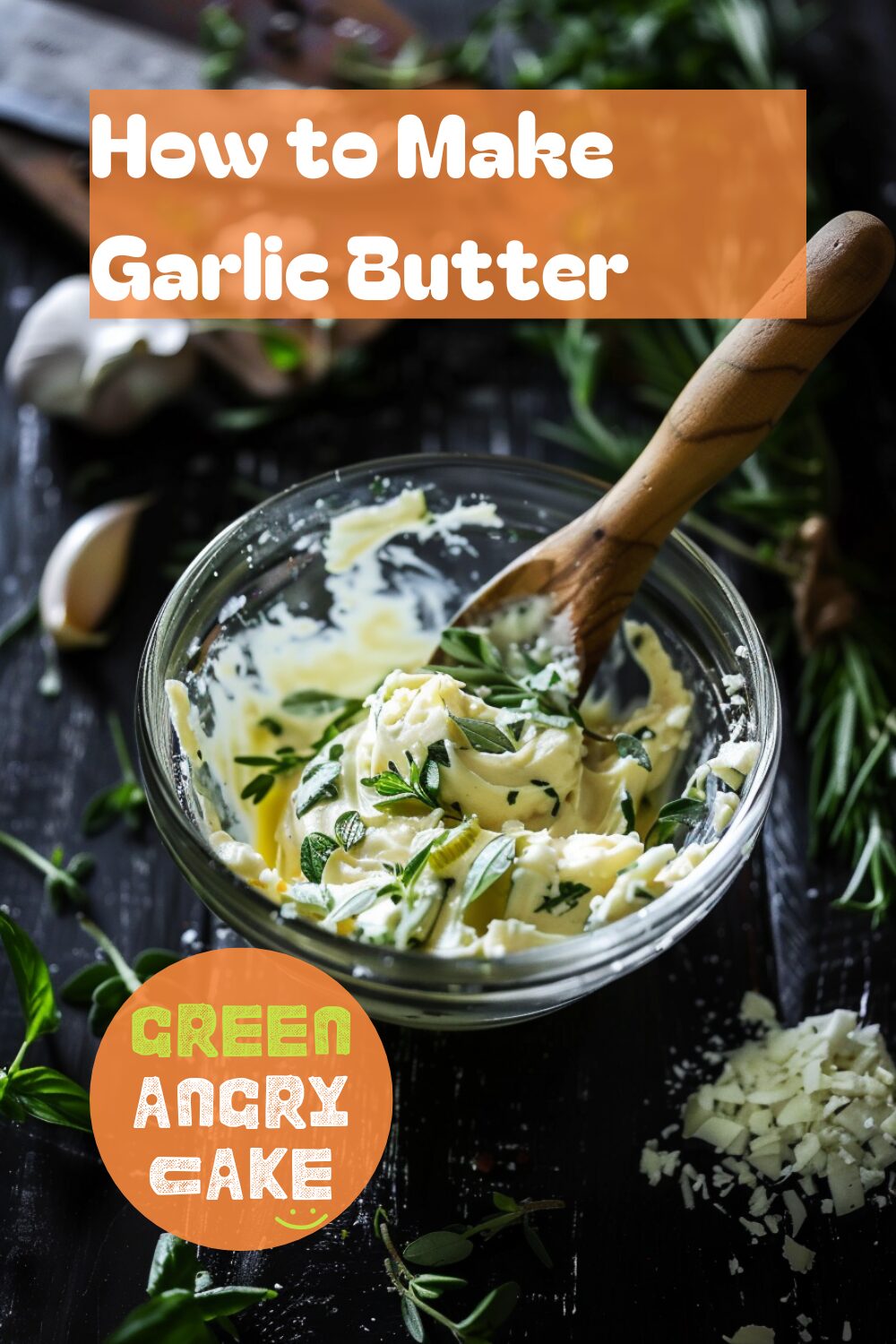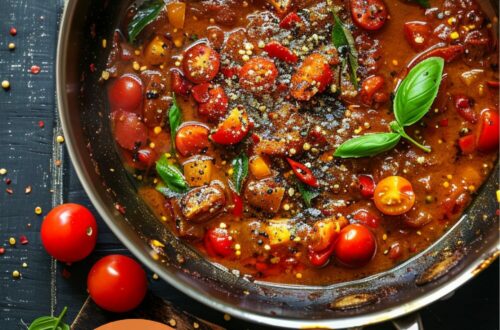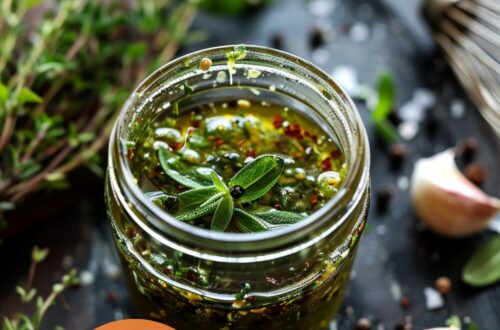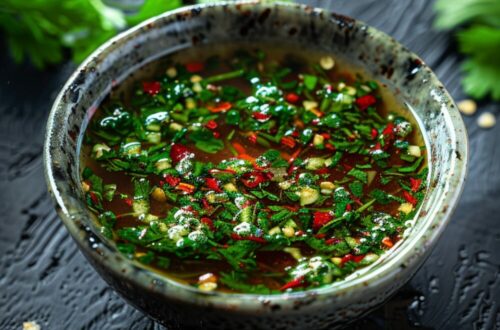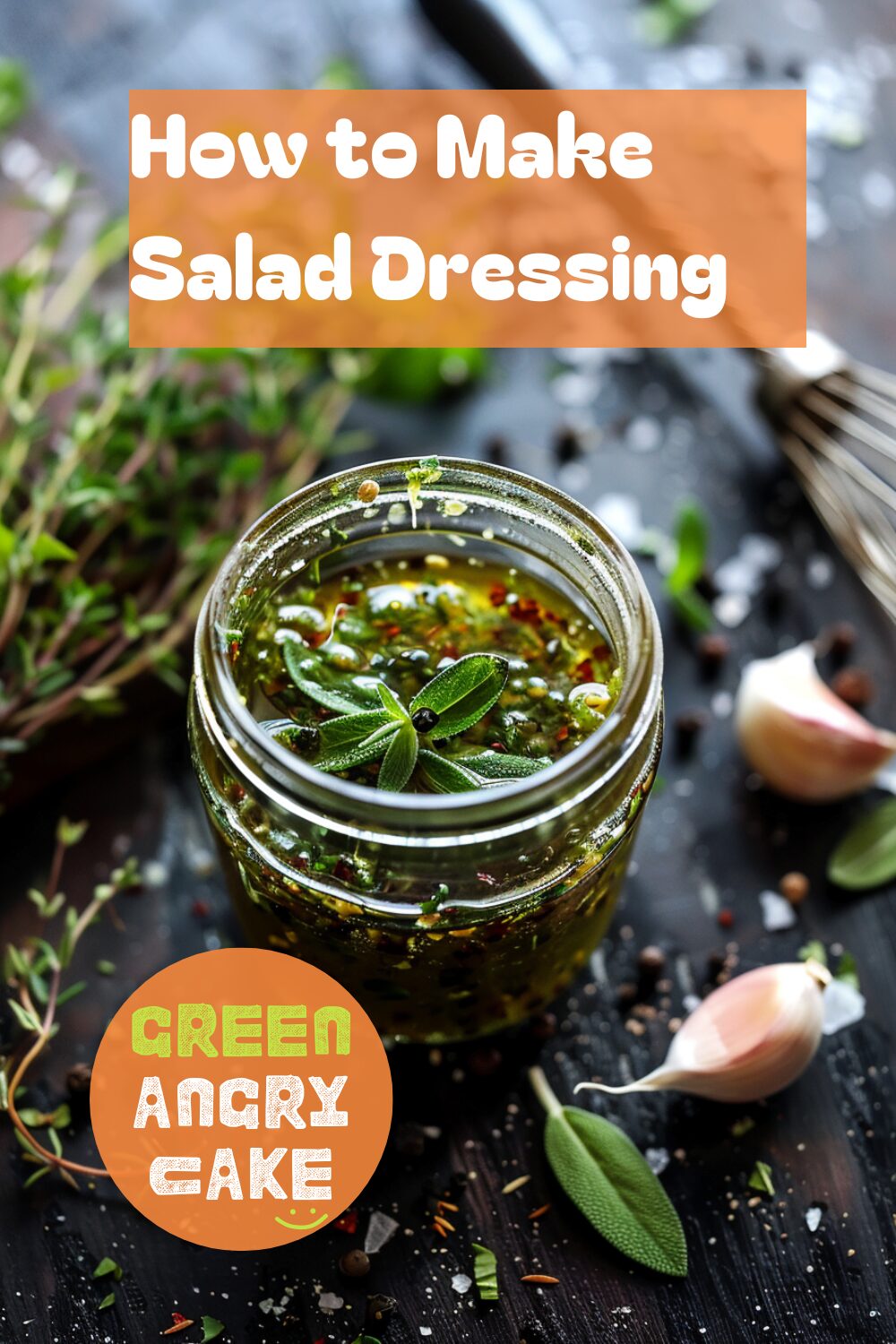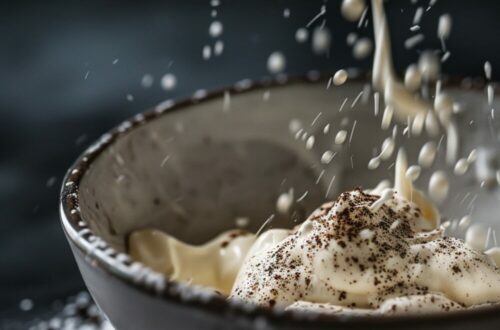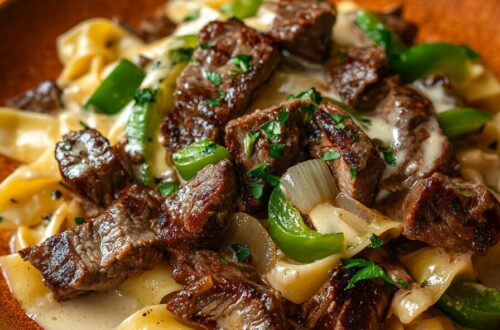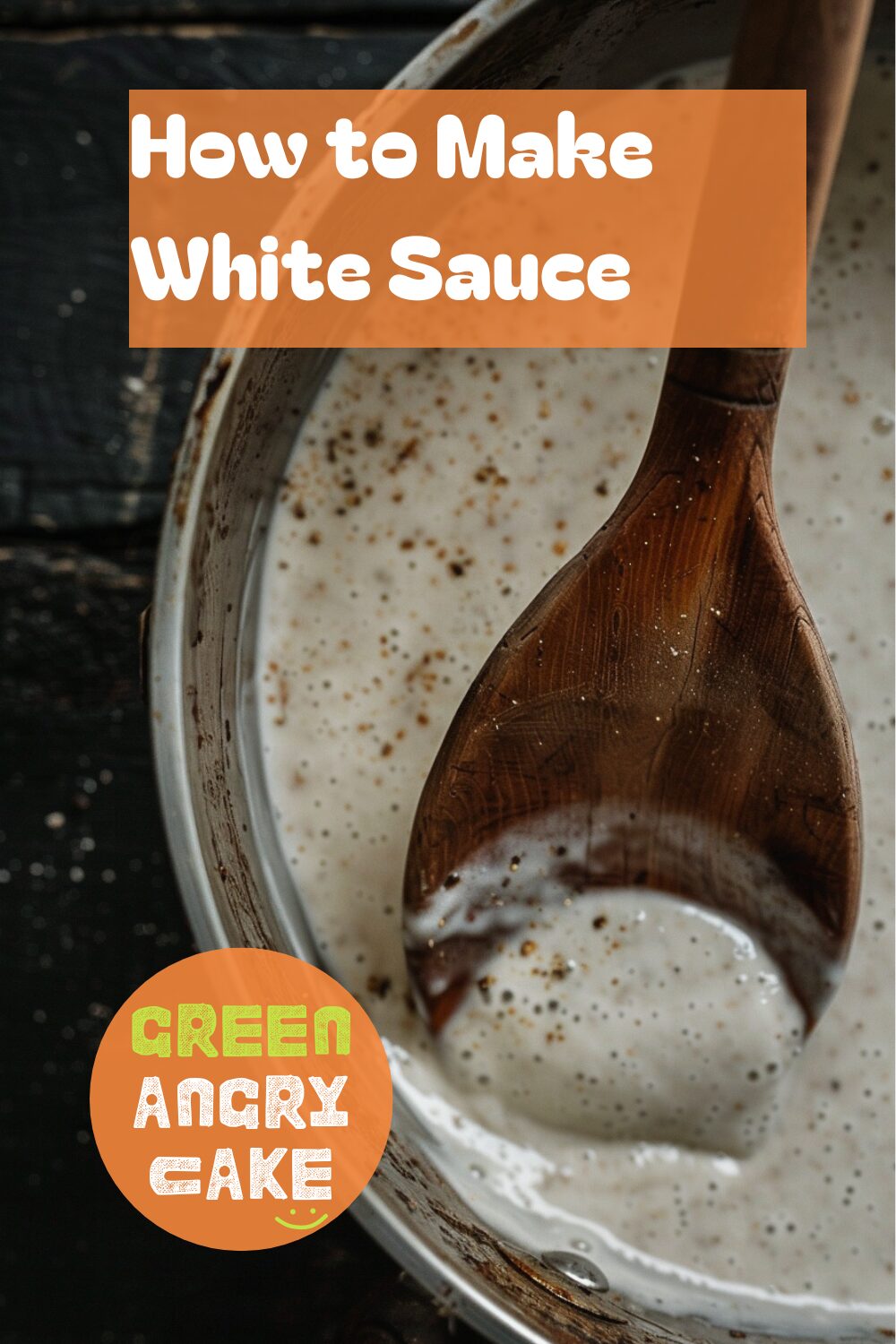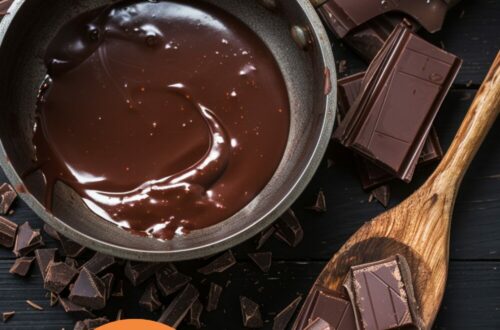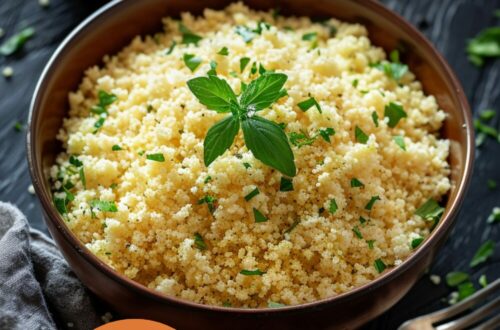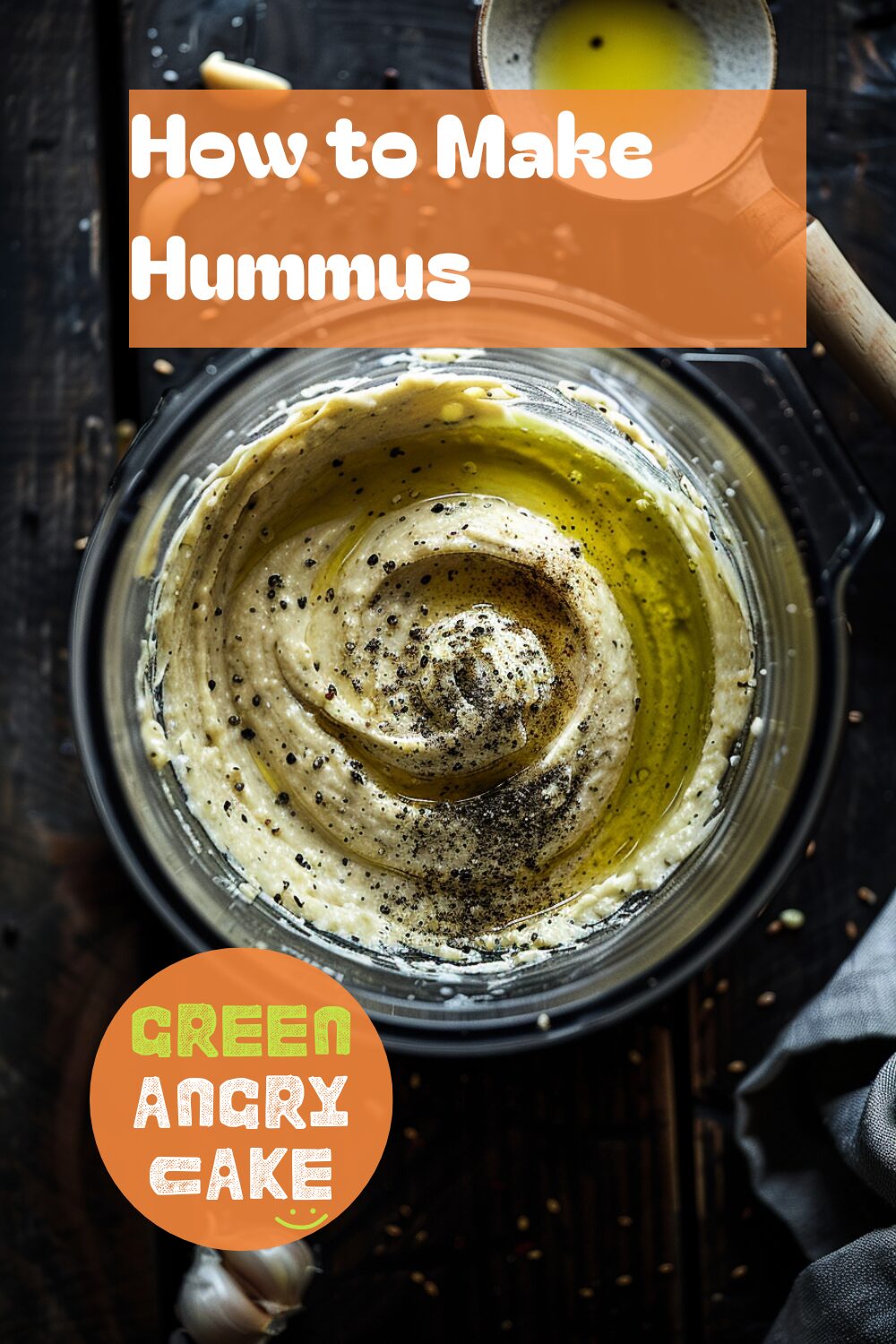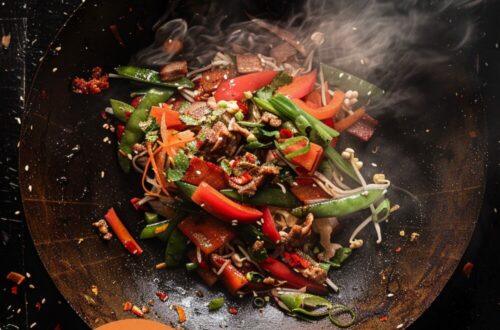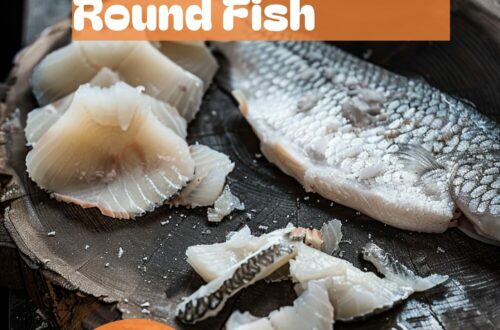-
How to make caramel
Equipment you will need for this technique:
- Heavy-based saucepan
- Pastry brush
- Baking tray, lined with non-stick baking parchment
Learn how to make caramel with this easy guide. Caramel is a versatile ingredient perfect for adding sweetness and texture to various desserts like ice cream and pancakes. This technique will show you how to create a perfect caramel, whether you want it in solid shards or a smooth sauce.
Steps:
- Prepare the Ingredients and Equipment:
- Use a heavy-based saucepan to ensure even heat distribution.
- Keep a pastry brush dipped in water handy.
- Line a baking tray with non-stick baking parchment for the caramel.
- Combine Sugar and Water:
- Stir sugar and water together in the saucepan over low-medium heat.
- Continue stirring until the sugar is completely dissolved.
- Remove Sugar Crystals:
- Stop stirring once the sugar is dissolved.
- Use the wet pastry brush to remove any sugar crystals clinging to the sides of the pan to prevent the caramel from becoming grainy.
- Boil the Syrup:
- Increase the heat and bring the syrup to a boil for around 5-7 minutes.
- Watch carefully as the sugar turns golden-brown. Caramel can burn easily, so keep a close eye on it.
- Form the Caramel:
- For solid caramel shards, carefully pour the caramel onto the prepared baking parchment.
- Leave it to cool and harden before cracking it into shards.
- Make Caramel Sauce:
- To make caramel sauce, remove the caramel from the heat and add cream and butter as directed by your recipe.
- This smooth sauce is perfect for drizzling over desserts like ice cream and pancakes.
-
How to Make Breadcrumbs
Equipment you will need for this technique:
- Bread board
- Bread knife
- Baking tray
- Box grater
- Bowl/sealed container
Introduction:
Making your own breadcrumbs at home is simple and versatile. Whether you need a coating for chicken or fish, or a crispy topping for gratins and bakes, homemade breadcrumbs are the perfect solution. Follow these steps to create dried breadcrumbs from scratch.
How to make a Breadcrumbs
- Prepare the Bread:
- For dried breadcrumbs, use dry or stale bread. If you don’t have any, slice fresh bread and spread it out on a board, leaving it uncovered overnight to go stale and brittle.
- Quick Drying Method:
- If you don’t have time to let the bread dry out naturally, thinly slice fresh bread and lay it flat on a baking tray. Ensure the slices are spread out and not overlapping.
- Bake in a low oven at 140C/120C Fan/Gas 1 for around 10-15 minutes until golden, then leave to cool for 10 minutes.
- Create Breadcrumbs:
- Grate the dry bread on a box grater into a container. Alternatively, blitz the bread into fine crumbs in a food processor if you have one.
- Store the Breadcrumbs:
- Store the dried breadcrumbs in a clean, dry, sealed container either at room temperature or in the fridge. They can be stored for several months.
- Quick Alternative:
- For an even quicker version, you can use crackers or cornflakes instead of bread, and skip straight to the grating stage.
-
Melting chocolate
Equipment you will need for this technique:
- Saucepan
- Heatproof bowl
- Wooden spoon
Melting chocolate can be a delicate process, but when done correctly, it yields smooth, velvety results perfect for cakes, buttercream icing, or any dessert. Follow these simple steps to achieve perfectly melted chocolate every time.
How to make a Melting Chocolate
- Prepare the Saucepan: Fill a medium-sized saucepan about a quarter full with boiling water and bring it to a simmer over low heat.
- Set Up the Double Boiler: Place a heatproof bowl on top of the saucepan. Ensure the bowl isn’t touching the water and that no steam can escape up the side of the bowl, which can let water droplets into the chocolate.
- Add the Chocolate: Break the chocolate into small, even pieces and add them to the bowl. The smaller the chocolate pieces, the quicker and more evenly they will melt.
- Melt the Chocolate: Simmer gently for 2–3 minutes, until most of the chocolate is melted, stirring occasionally with a rubber spatula.
- Finish Melting: Turn off the heat and allow the chocolate to continue to melt slowly in the residual heat, which usually takes 3–5 minutes. Stir until smooth.
- Rescue Seized Chocolate (if necessary):
- If the chocolate seizes and becomes lumpy, make a chocolate sauce by adding cubes of butter to the heatproof bowl and stirring until melted and combined.
- Alternatively, make a chocolate ganache by adding warm cream to the heatproof bowl and stirring until fully combined and silky.
-
How to Make Custard
Equipment you will need for this technique:
- Chopping board
- Small knife
- Small saucepan with pouring spout
- Wooden spoon
- Sieve
- Heatproof bowl
- Serving jug
This foolproof recipe for vanilla custard is the perfect accompaniment to crumbles, sponges, and puddings.
Ingredients
- 568ml/1 pint of full-fat milk
- 1 vanilla pod (or 1 tsp vanilla essence)
- 3 egg yolks
- 25g/1oz caster sugar
- 2 tsp cornflour
Instructions
- Heat the Milk: Pour 568ml/1 pint of full-fat milk into a small saucepan with a pouring spout.
- Add Vanilla: Slice a vanilla pod down the middle along its length. Scrape out the seeds with a knife and tip them into the milk with the pod. Alternatively, you can use vanilla essence.
- Heat and Cool: Gradually heat the milk and vanilla together over medium heat. When the milk boils, remove it from the heat and allow it to cool.
- Prepare Egg Mixture: In a heatproof bowl, mix together 3 egg yolks, 25g/1oz caster sugar, and 2 tsp cornflour to form a smooth paste.
- Combine Milk and Egg Mixture: Pour the cooled milk into the paste and stir well with a wooden spoon until smooth and fully incorporated.
- Strain the Mixture: Strain the mixture through a sieve back into the saucepan.
- Cook the Custard: Stirring constantly, cook the mixture on a very low heat until the custard thickens. The custard is ready when you can draw a clear line with your finger on the back of the wooden spoon.
- Serve: Pour the custard into a serving jug and serve warm or let it cool down if you prefer it cold.
Helpful Hints
- Temperature Control: Ensure you cook the custard on a very low heat to avoid scrambling the eggs.
- Consistency Check: Use the back of the spoon test to check the consistency of the custard.
- Cooling Tips: If you want to cool the custard quickly, place the serving jug in a larger bowl filled with ice water. Stir occasionally.
-
How to Make a Red Wine Sauce
Enhance your sauce preparation skills with our guide on red wine sauce making techniques. Learn how to make a red wine sauce perfectly using simple steps. Our step-by-step instructions ensure you get the most out of your ingredients, making your red wine sauce rich and flavorful every time.
Equipment Needed:
- Chopping board
- Knife
- Two sauté pans
- Sieve
Step-by-Step Instructions for Red Wine Sauce Making Techniques:
- Prepare the Onion:
- Slice half an onion and brown the slices in a large sauté pan. Leave them for 4-5 minutes until the bottom side is blackened.
- Add Red Wine:
- Add the red wine and cook on high heat to evaporate the alcohol.
- Add Vinegar and Stock:
- Add balsamic vinegar followed by the beef stock. Leave it on a rapid boil until the volume of liquid has reduced by about 75%, which should take about 10 minutes.
- Strain the Sauce:
- Pass the mixture through a sieve into a clean pan.
- Adjust Flavor and Thicken:
- Add a pinch of sugar to offset the bitterness. Then add a knob of butter, which will thicken the sauce and give it a lovely shine.
Making a red wine sauce is a simple yet essential technique in culinary arts. Therefore, knowing how to make a red wine sauce properly is crucial to achieving the perfect flavor and consistency. With these red wine sauce making techniques, you can easily prepare a delicious sauce to complement various dishes.
Helpful Hint:
- For an extra depth of flavor, you can add a sprig of thyme or rosemary while the sauce is reducing.
Alternative Uses for Red Wine Sauce:
- Steak Sauce: Serve over grilled or pan-seared steaks.
- Roast Accompaniment: Pour over roasted meats like beef or lamb.
- Vegetable Drizzle: Drizzle over roasted or grilled vegetables for added flavor.
-
How to Make Guacamole
Enhance your dip preparation skills with our guide on guacamole making techniques. Learn how to make guacamole perfectly using simple steps. Our step-by-step instructions ensure you get the most out of your ripe avocados, making your guacamole fresh and flavorful every time.
Equipment Needed:
- Board
- Knife
- Bowl
Step-by-Step Instructions for Guacamole Making Techniques:
- Prepare the Avocados:
- The key is using ripe avocados – not too soft and not too hard.
- Prepare three avocados by de-stoning, removing from the shell, and slicing. Put the slices in a large bowl.
- Mash the Avocados:
- Mash with a fork until almost all the avocado is smooth, leaving a few chunkier pieces for texture.
- Add Onion and Coriander:
- Finely chop half a red onion and a bunch of coriander, stalks and leaves, and add to the bowl.
- Add Lime Juice:
- Squeeze in the juice of 1 lime by hand, placing one hand underneath the lime to catch any pips that fall out.
- Optional Additions:
- You can also add 1 small chopped red chilli or 1 small firm tomato, very finely chopped.
- Season and Serve:
- Season with salt and pepper, mix, and serve with tortilla chips.
Making guacamole is quick and easy. Therefore, knowing how to make guacamole properly is essential to achieve the perfect balance of flavors and texture. With these guacamole making techniques, you can easily prepare a delicious dip for any occasion.
Helpful Hint:
- To prevent the guacamole from browning, cover it with plastic wrap directly on the surface before refrigerating.
Alternative Uses for Guacamole:
- Sandwich Spread: Use guacamole as a spread on sandwiches or wraps.
- Burger Topping: Add guacamole as a topping for burgers.
- Salad Dressing: Mix guacamole with a bit of water or lemon juice for a creamy salad dressing.
-
Mastering Garlic Butter – Simple Methods for Delicious Results
Enhance your flavoring skills with our guide on garlic butter making techniques. Learn how to make garlic butter perfectly using simple steps. Our step-by-step instructions ensure you get the most out of your ingredients, making your garlic butter rich and flavorful every time.
How to Make Garlic Butter
Equipment Needed:
- Knife
- Glass bowl
- Wooden spoon
- Cling film
Step-by-Step Instructions for Garlic Butter Making Techniques:
- Soften the Butter:
- Cut the butter into cubes and either microwave it for 30 seconds or leave it in lukewarm water for 2 minutes.
- Beat the Butter:
- Beat the softened butter with a wooden spoon until it is soft and creamy.
- Prepare the Garlic:
- Crush a garlic clove with the flat side of a knife. Add salt and continue to break it down until it forms a paste.
- Combine Ingredients:
- Add the garlic paste and chopped herbs to the butter. Stir until well combined.
- Shape the Butter:
- Spoon the garlic butter onto a laid-out sheet of cling film. Roll it into a sausage shape using the cling film to cover the butter and twist the ends to seal it.
- Refrigerate:
- Pop the rolled butter into the fridge to harden.
- Serve:
- Unwrap and serve with steaks, potatoes, vegetables, or bread.
- Storage Tips:
- The wrapped and sealed butter will store for up to 3 days in the fridge or for up to 1 month in the freezer.
Making garlic butter is quick and easy. Therefore, knowing how to make garlic butter properly is essential to achieve the perfect balance of flavors and texture. With these garlic butter making techniques, you can easily prepare a delicious accompaniment for various dishes.
Helpful Hint:
- For extra flavor, add a pinch of chili flakes or lemon zest to the garlic butter mixture.
Alternative Uses for Garlic Butter:
- Garlic Bread: Spread the garlic butter on slices of bread and toast for a quick and delicious garlic bread.
- Flavoring Vegetables: Melt garlic butter over steamed or roasted vegetables for added flavor.
- Pasta Sauce: Toss garlic butter with hot pasta for a quick and flavorful sauce.
-
How to Make Salad Dressing
Enhance your salad preparation skills with our guide on salad dressing techniques. Learn how to make a perfect salad dressing using simple steps. Our step-by-step instructions ensure you get the most out of your ingredients, making your salad dressing rich, balanced, and flavorful every time.
Equipment Needed:
- Clean jam jar
- Whisk (optional)
Step-by-Step Instructions for Salad Dressing Making Techniques:
- Understand the Basics: All salad dressings are a combination of oil and vinegar, balanced to add richness and sharpness in the right measures and emulsified to coat the salad leaves evenly. Oil and vinegar mixed together will naturally separate, but some substances will cause them to hold together, or emulsify, for long enough to dress and eat a salad.
- Prepare a Classic Vinaigrette: For a classic French vinaigrette, combine three parts oil with one part vinegar – usually wine vinegar or cider vinegar. Pour into a clean jam jar.
- Add Emulsifiers and Seasoning: Add mustard to help bring it together; plus salt and pepper to taste. Then whisk or close the lid tightly and shake until completely mixed. Taste and adjust any of the ingredients to your liking.
- Create Creamier Dressings: Mayonnaise, double cream, or egg yolk can be used as emulsifiers for creamier dressings. Flavor your dressing with your favorite soft herbs – parsley, mint, chives, or basil – or a little garlic.
Making salad dressing is quick and versatile. Therefore, knowing how to make salad dressing properly is essential to achieve the perfect balance of flavors and texture. With these salad dressing techniques, you can easily prepare a delicious dressing for any salad.
Helpful Hint:
- For a tangier dressing, increase the amount of vinegar or add a squeeze of lemon juice.
Alternative Uses for Salad Dressing:
- Marinade: Use salad dressing as a marinade for meats or vegetables before grilling or roasting.
- Dipping Sauce: Serve as a dipping sauce for fresh vegetables or bread.
- Sandwich Spread: Spread on sandwiches or wraps for added flavor.
-
Mastering White Sauce – Simple Methods for Delicious Results
Enhance your sauce preparation skills with our guide on white sauce making techniques. Learn how to make a smooth white sauce perfectly using simple steps. Our step-by-step instructions ensure you get the most out of your ingredients, making your white sauce creamy and lump-free every time.
How to Make White Sauce
Equipment Needed:
- Heavy-based saucepan
- Wooden spoon
Step-by-Step Instructions for White Sauce Making Techniques:
- Melt the Butter: Melt one part butter in a non-stick, heavy-based saucepan placed over a medium heat.
- Make the Roux: Stir in one part plain flour and cook for 2 minutes. This is your roux. It will smell like baking biscuits.
- Add Milk Gradually: Add milk a little at a time, stirring constantly. It will start off very thick and clump into a dough, but give it time and keep stirring until all the milk has absorbed.
- Continue Adding Milk: Keep adding milk, once each addition has been completely absorbed, stirring slowly all the time. (Stirring slowly at the beginning means you won’t get any lumps.)
- Achieve Desired Consistency: Once the sauce achieves the consistency you want, continue to cook for 1 minute, stirring all the time to stop the sauce from catching on the bottom of the pan.
- Season and Add Flavors: If you are making a savory sauce, season with salt and pepper. You can now add grated cheese and mustard or a grating of nutmeg. For a Christmas pudding sauce, add sugar and brandy.
Making white sauce is a fundamental cooking technique. Therefore, knowing how to make white sauce properly is crucial to achieving the perfect texture and flavor. With these white sauce making techniques, you can easily prepare a creamy and delicious sauce for various dishes.
Helpful Hint:
- For extra smoothness, you can strain the sauce through a fine sieve before serving.
Alternative Uses for White Sauce:
- Cheese Sauce: Add grated cheese to the white sauce for a creamy cheese sauce.
- Béchamel Sauce: Use the white sauce as a base for béchamel sauce in lasagna or moussaka.
- Sweet Sauce: Add sugar and vanilla extract to the white sauce for a dessert topping.
-
How to Make Hummus
Enhance your dip preparation skills with our guide on hummus making techniques. Learn how to make hummus perfectly using simple steps. Our step-by-step instructions ensure you get the most out of your ingredients, making your hummus creamy and flavorful every time.
Equipment Needed:
- Sieve
- Jug
- Food processor or blender
- Rubber spatula
- Serving bowl
Step-by-Step Instructions for Hummus Making Techniques:
- Drain the Chickpeas: Drain a 400g tin of chickpeas in a sieve over a bowl to reserve the chickpea water. This is useful to help loosen the mix if it’s too thick.
- Prepare the Ingredients: Tip the chickpeas into a food processor or blender. Add a small, peeled garlic clove and 2 heaped tablespoons of tahini.
- Add Lemon Juice and Chickpea Water: Squeeze half a lemon into the food processor and add 1 tablespoon of the reserved chickpea water.
- Season and Blitz: Season with sea salt and blitz for 2–3 minutes, until the mix starts to come together.
- Scrape and Adjust: Stop the processor and use a rubber spatula to scrape the hummus down the sides of the bowl and back into the mix. Adjust the seasoning, and add a little more chickpea water if it’s too thick. You can add a handful of chopped coriander if you like. Blitz until smooth or to your desired consistency.
- Serve: Put in a serving bowl and use as a dip for vegetables, crisps, or pitta triangles.
Making hummus is quick and easy. Therefore, knowing how to make hummus properly is essential to achieve the perfect texture and flavor. With these hummus making techniques, you can easily prepare creamy and delicious hummus for any occasion.
Helpful Hint:
- For a smoother hummus, peel the chickpeas before blending.
Alternative Uses for Hummus:
- Hummus Spread: Use hummus as a spread on sandwiches or wraps.
- Hummus Salad Dressing: Mix hummus with a bit of water or lemon juice for a creamy salad dressing.
- Hummus Pasta Sauce: Add hummus to pasta for a quick and creamy sauce.
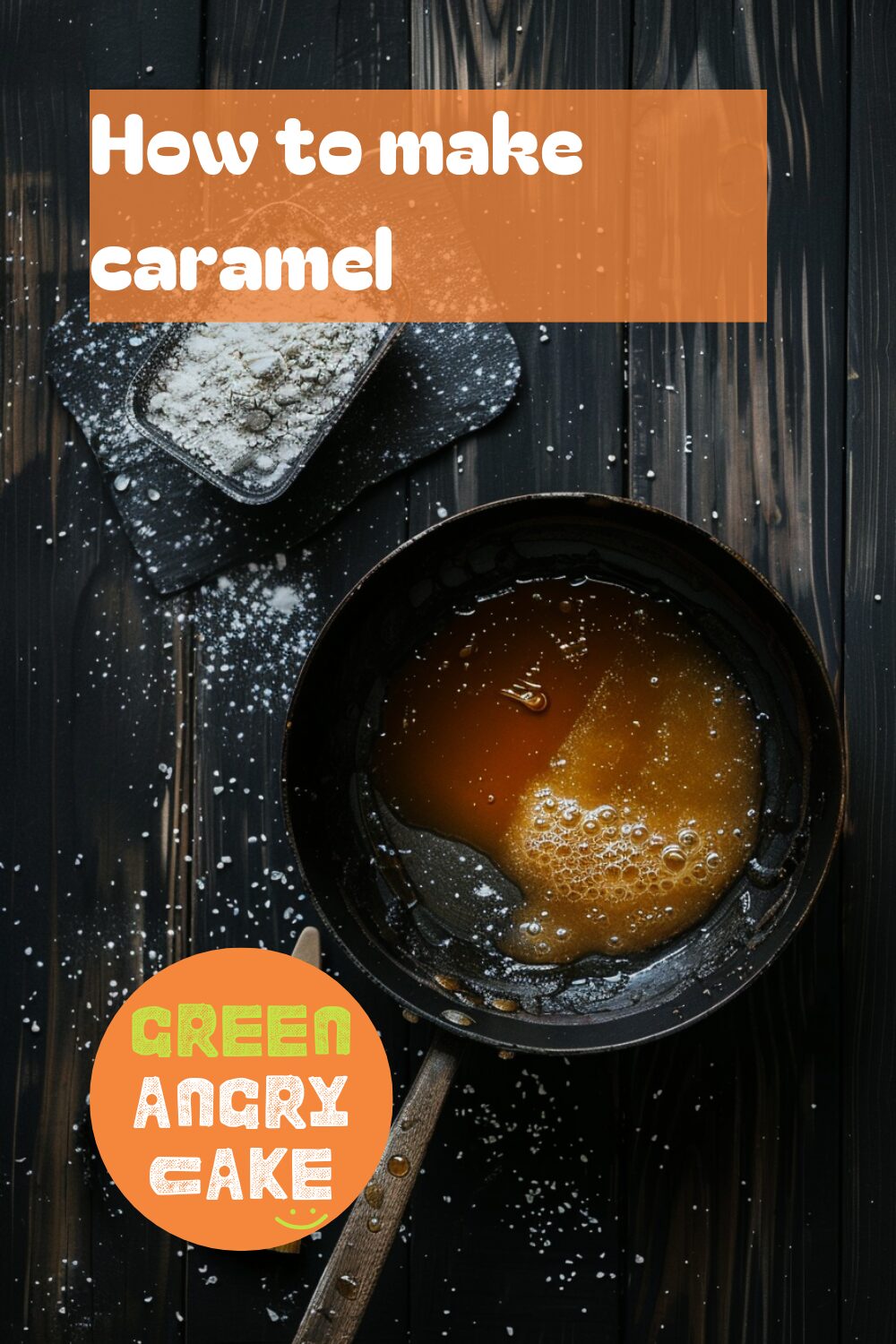

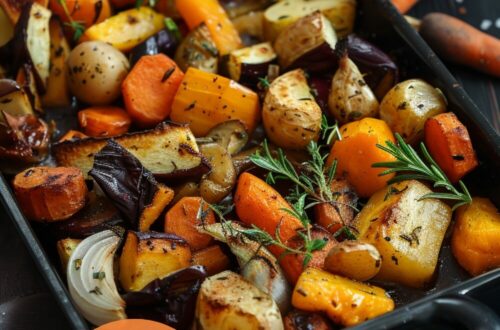

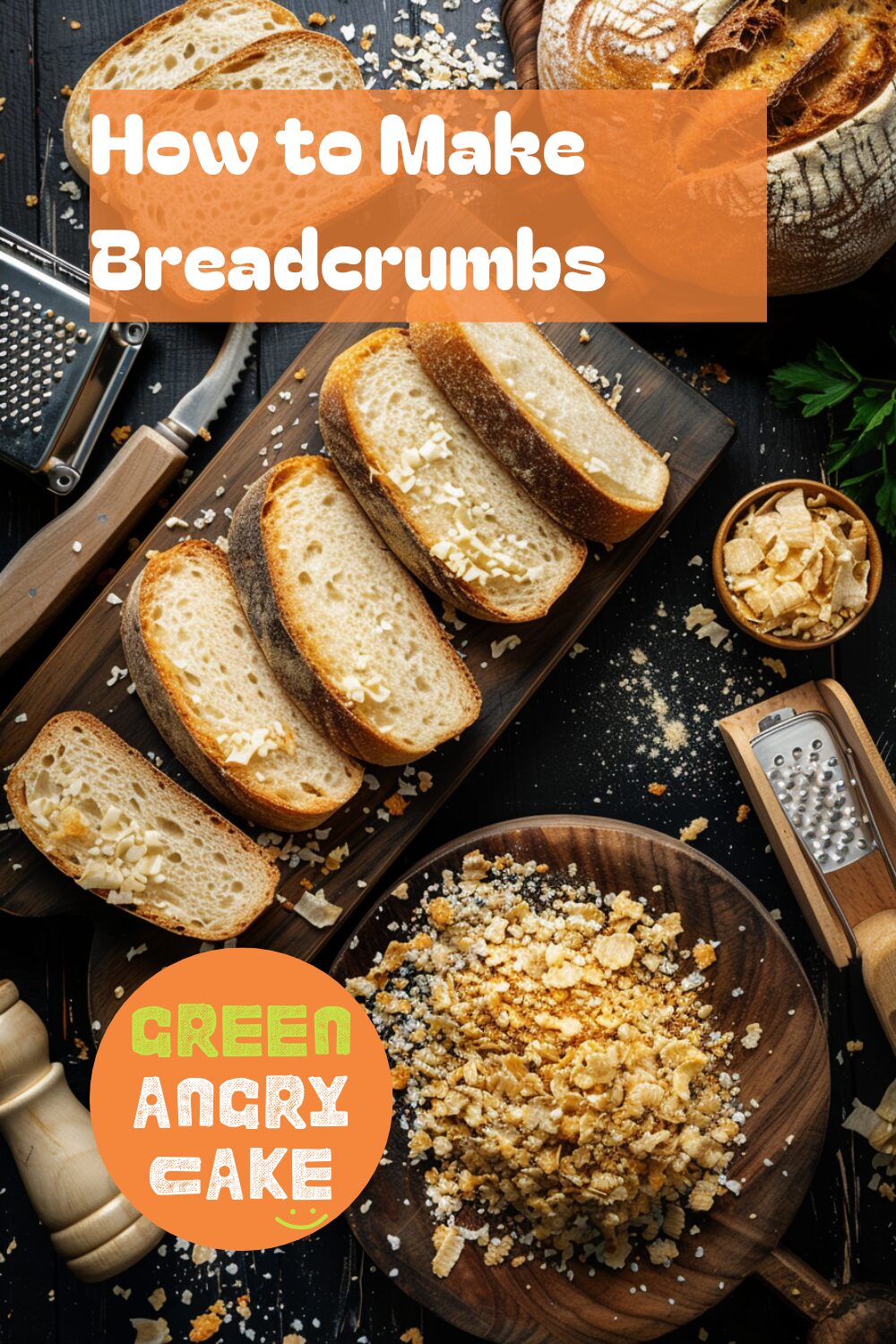
![A slice of California roll avocado toast with avocado, crab, cucumber, seaweed, and sesame seeds on a [blue/orange/green/yellow/red] plate on a dark, black wooden texture surface.](https://www.greenangrycake.com/wp-content/uploads/2024/07/Cooking-Terms-Made-Simple-59-500x330.jpg)
